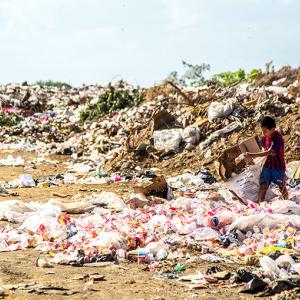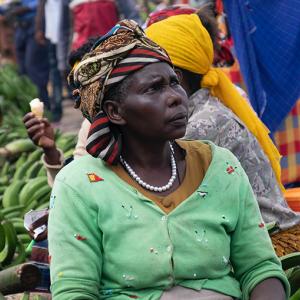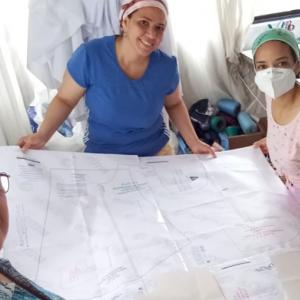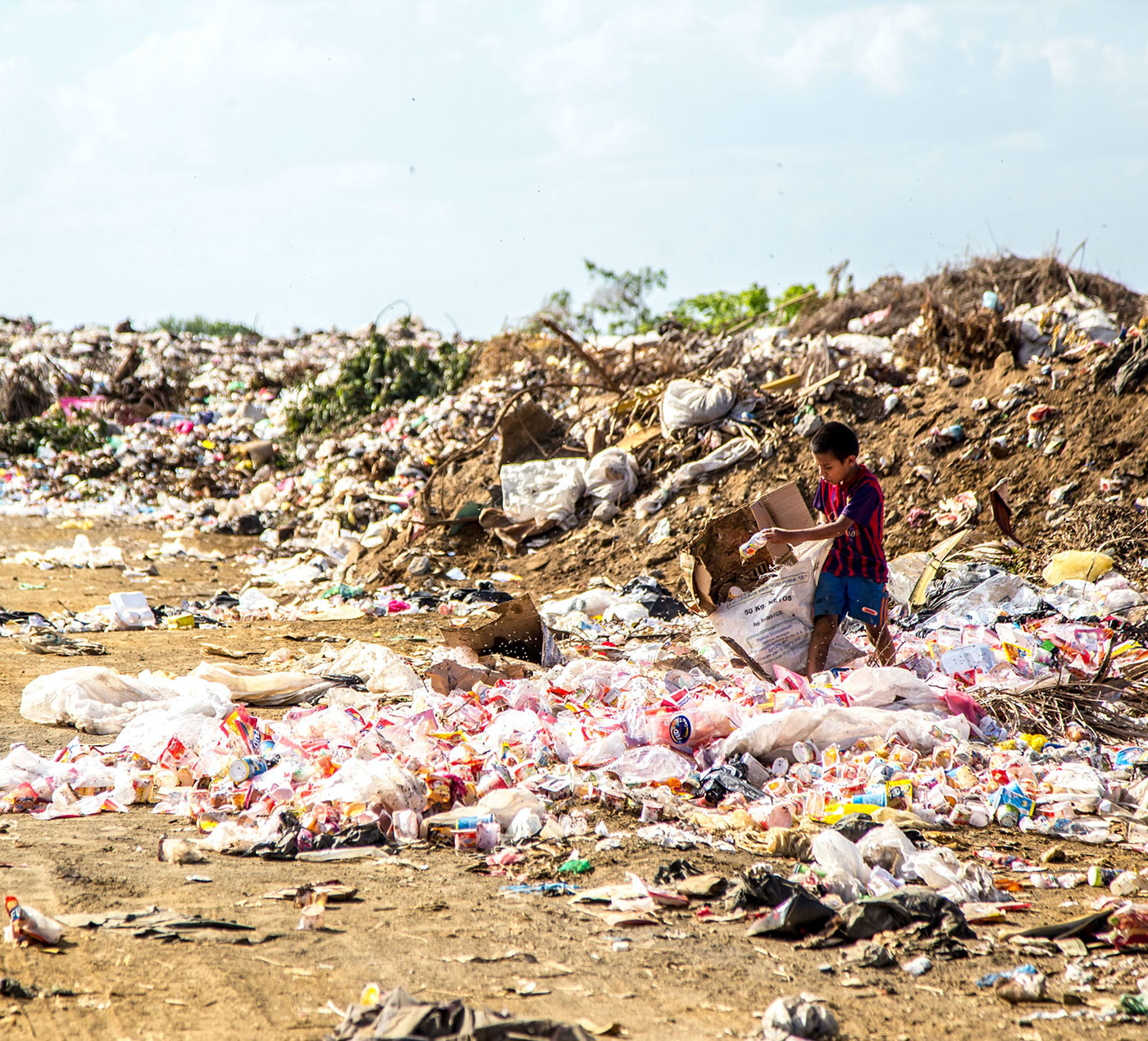What is the problem?
Vientiane, the capital city of Lao PDR, produces more than 1,100 tons of waste daily (source Vientiane City Office for Management and Services (VCOMS), 2020). Formal waste collection services are provided by a mix of private and public actors, and come with a charge to local communities. It’s estimated that less than a third of the city's million residents access waste management services, leading to the dumping of waste and open burning. Recently, the municipality has made efforts to improve waste collection coverage and introduced regulations that aim to curb the use of harmful waste disposal practices. However, open burning remains common among residents, filling the streets of the capital with thick grey smoke that causes adverse environmental and health impacts.
What did the Accelerator Lab and partners do?
The Lab wanted to use collective intelligence to better understand what motivates communities to burn their waste. Using a combination of GIS mapping with satellite data, ethnography and town hall discussions in communities, they set out to create a better understanding of open burning in three villages around Vientiane. The team first created an Air Quality Index with GIS mapping to call attention to the effects of open burning on air quality. Although satellite images highlight the hotspots where burning takes place, the team realized this gave no insight about the reasons for this activity. Working with the local NGO, Disadvantage Children and Youth Development Association (DCYA), the Lab tapped into 20 volunteers to run community meetings that would help to fill these data gaps. The Lab used a combination of group deliberation, ethnography and microsurveys to enrich the mapping data with qualitative insights about the drivers of waste behavior in the villages. Working with community leaders, they organized six town hall meetings about waste management for the residents and local authorities. During the meetings, the villagers discussed their waste disposal practices and the environmental impact of open burning.
What was the benefit of using collective intelligence for this issue?
The GIS mapping of open burning hotspots provided up-to-date data about the scale of the problem, improving existing official data on community level waste management practices. The interviews with local residents surfaced gaps in the waste management system that can be addressed by the municipality, such as the need to reduce the price associated with waste collection and to extend collections to hard-to-reach locations. Through community meetings and microsurveys, the Lab learned more about the frequency of open burning by residents as well as their motivations for continuing to do so. For example, residents reasoned that it was difficult to bag certain types of biomass, such as branches, grass and leaves, so it was easier to burn them. These insights helped the Lab and partners to better understand some of the human drivers behind the patterns of waste accumulation in the community and the open burning highlighted by the maps.
During town hall discussions, the team discovered that some residents were already using alternative waste disposal practices, such as personal composting systems, to help them manage their organic waste. Here, collective intelligence helped to uncover a locally appropriate solution. These types of solutions can be overlooked when external innovators work on a problem.
What next?
As a result, the village leaders and local authorities are exploring options for centralized composting sites at local schools, which could serve multiple households. Learning about novel data sources and analyses used by the Lab has proved particularly useful to UNDP environmental experts. The insights from this project have already fed into the wider portfolio of environmental work being carried out by UNDP Lao PDR on local air quality. New methods have helped visualize the problem space and create a shared understanding for future action.
What does this experience tell us about collective intelligence design?
A key learning was the importance of designing community-led data collection efforts together with communities to ensure solutions can be taken up locally. In the early stages, the Lab was keen to involve village residents in mapping local open burning practices using a simple app. However, after some initial prototyping they discovered that most participants didn’t have access to smartphones and were reluctant to map burning events due to local sensitivity around the issue. By partnering with community leaders and the NGO, DCYA, the team built relationships with local residents over time, helping them to overcome barriers of distrust, and surface novel insights and potential solutions. This demonstrates the importance of having trusted intermediaries and expanding the network of stakeholders that UNDP teams typically work with.













